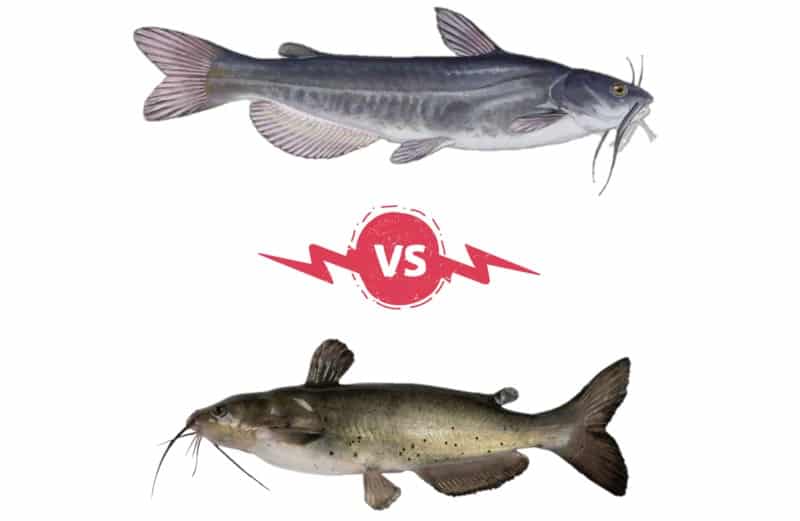
White Catfish vs. Channel Catfish
White catfish and channel catfish come from the same family, so there are plenty of similarities. On the other hand, there are also plenty of differences that both the fisherman and the consumer need to be aware of when it comes to these two fish. There are also a few interesting facts about the differences between these catfish.
White Catfish Are Very Healthy
White catfish, especially those that are caught in the wild, have leaner meat than other fish, a reduced amount of saturated fats than farm-raised fish and they have more than enough protein to help consumers meet their daily requirements. These fish remain a popular choice for those that are fishing for food to eat for dinner.
White Catfish Are an Invasive Species
White catfish remain well known in the marine world for eating the eggs of other fish. This has turned them into an invasive species in many parts of the world. Once they find a new home, they eat the eggs of other fish that already exist in the habitat. This slowly leads to the old fish becoming an endangered species while the white catfish manages to both survive and thrive in its new home.
Channel Catfish Are Easier to Catch
Channel catfish are known for being one of the most numerous species of catfish throughout North America. They are found in freshwater lakes as far north as Canada, too. Their large numbers make them easier to find than white catfish are.
These fish are also easier to catch because of the variety of bait that can be used. Channel catfish often opt for bait by its smell. This means that if they can smell it, they will go after it. Fishermen usually have more luck with channel catfish than white catfish because of this.
Appearance
Often, these two species are mistaken for one another. There are a few key differences in their appearances that people can use to determine the difference in them. White catfish have a slightly forked tail, which can disappear completely as they get older and larger. Channel catfish have a fork that is far more distinguished and is not known for disappearing with time. The white catfish also does not have black spots on its sides as the channel catfish does. Instead, they are usually the same color as the rest of its body.
Wild-caught White Catfish Might Taste Better
Most people strongly believe that wild-caught white catfish taste better when compared to wild-caught channel catfish. Although this is a matter of opinion, there are more than enough people with that same opinion to make a convincing argument. They claim that the channel catfish tastes mild and has more of a flaky consistency and that this is partly because it lives in the bottom and consumes a diet with more vegetation. It has been proven that diet plays an important role when it comes to the taste of the fish, so this could very well be true.
Both white catfish and channel catfish have their place in the market, on the dinner table, and in trophy fishing expeditions. They are both members of the larger catfish family, making them a fish of interest for millions of people, particularly fishermen. Remember these key differences to decide which one to fish for on the next excursion.
Related Video:
